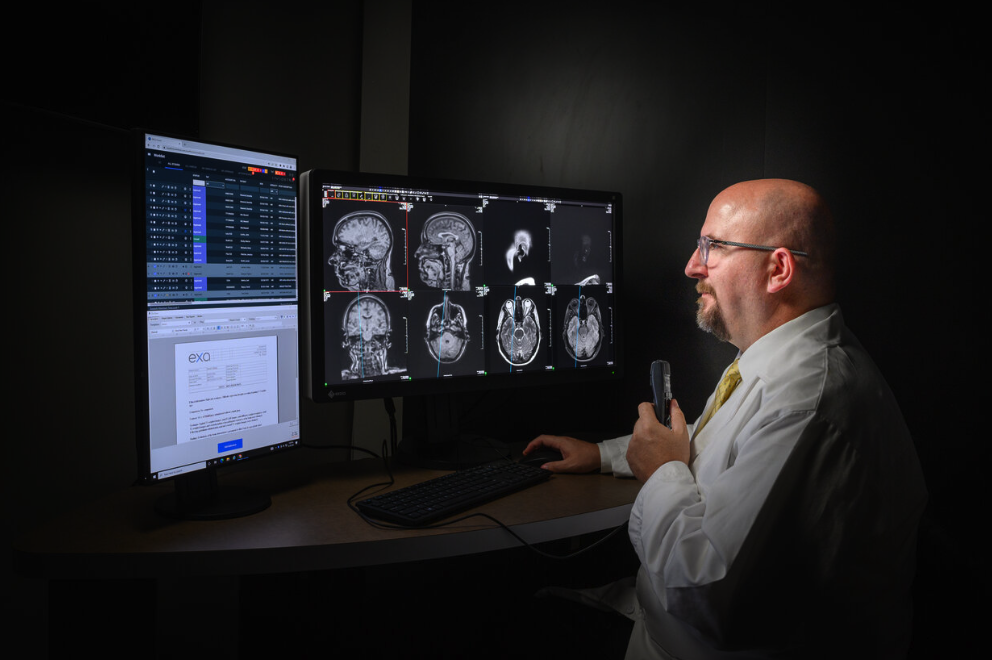Since 2010, Imaging’s Share of Aggregate Healthcare Spending Has Declined

A study by the Harvey L. Neiman Health Policy Institute evaluated the degree to which imaging has contributed to aggregate medical cost growth. This Health Affairs Scholar study found that spending on imaging increased 35.9% between 2010 and 2021, but as spending on other healthcare services increased even more, imaging’s share of total health care spending fell from 10.5% to 8.9%.
To identify the relative cost drivers, the researchers used data from the Merative MarketScan 2010-2021 Commercial Database, one of the largest proprietary U.S. claims databases used for healthcare research. The data covered about 34 million patients per year.
“Between 2010 and 2021, healthcare spending increased 60.8%, but this growth differed substantially by type of service”, said Michal Horný, PhD, Assistant Professor at Emory University School of Medicine. “We found that spending growth was 35.9% for imaging while it was 63.7% for all other healthcare services. Hence, while imaging spending has increased, the growth in non-imaging services has been substantially higher. Therefore, imaging has become a smaller piece of the pie.”
The study found that there were several contributors to imaging spending growth. These include general price inflation, increased use of imaging, shifts in the types of imaging used, demographic shifts of the insured population, differences in where patients receive imaging, and insurer provider networks.
“General price inflation accounted for nearly two-thirds of the 35.9% increase in spending for imaging”, said Eric Christensen, PhD, Director of Economics and Health Services Research at the Neiman Health Policy Institute. “The next largest contributor to increased imaging spending was increased utilization, which accounted for another one-fifth of imaging spending growth. The remaining growth resulted from shifts to more advanced imaging modalities and demographic shifts, each about one-tenth of the total. Conversely, shifts to lower-cost places of service and more in-network imaging offset some spending increases.”
Law and policy changes since 2010 have impacted imaging spending. For example, the Affordable Care Act reduced out-of-pocket costs for high-value preventive screenings, including certain cancer screenings, which has increased volume. Other efforts, such as Choosing Wisely, were designed to reduce the use of unnecessary or low-value imaging.
“While our findings cannot speak to the appropriateness of imaging, they do highlight important trends. We found that the percentage of patients undergoing imaging declined from 46.2% in 2010 to 40.3% in 2021, while those who had imaging underwent more imaging exams,” said coauthor Richard Duszak, MD, Professor and Chair of Radiology at the University of Mississippi Medical Center. “What needs further study is whether this is related to more judicious use of imaging, barriers to imaging related to burdensome pre-authorization, and/or other factors.”
Given that imaging volumes are driven by ordering providers and not the radiologists who interpret them, cross-specialty efforts, such as Choosing Wisely, to control aggregate imaging growth should focus on optimizing appropriateness.
